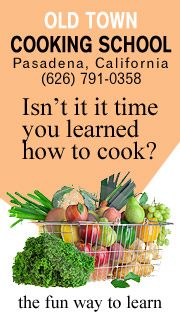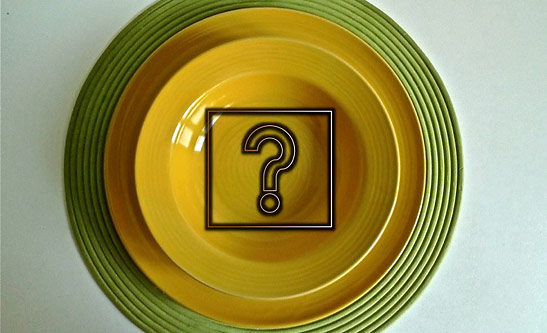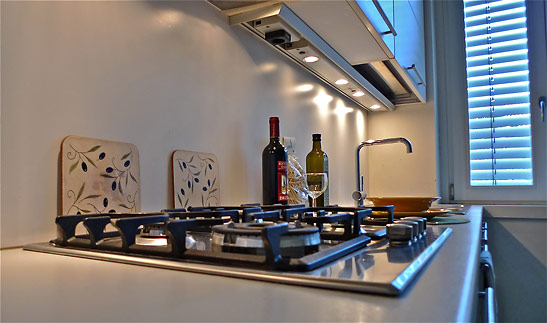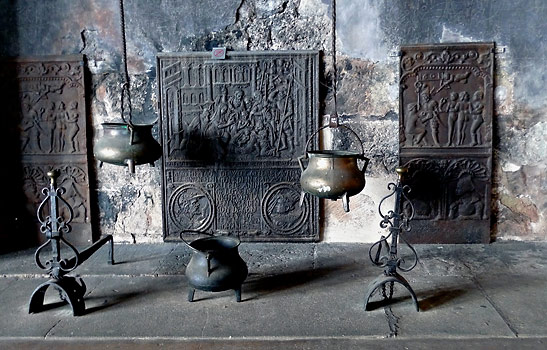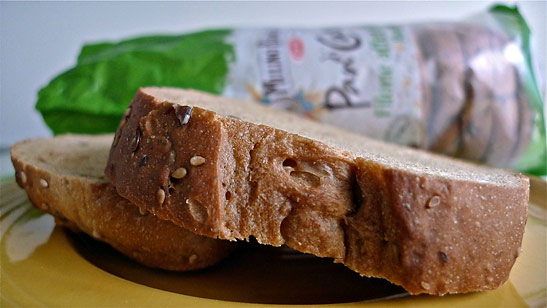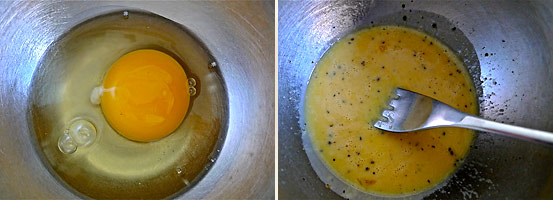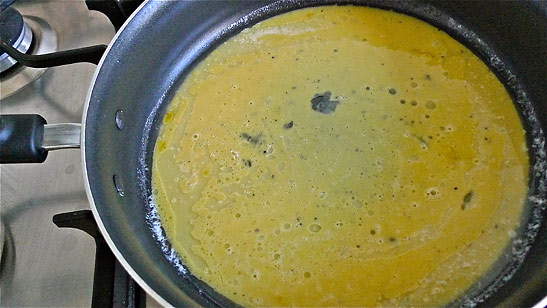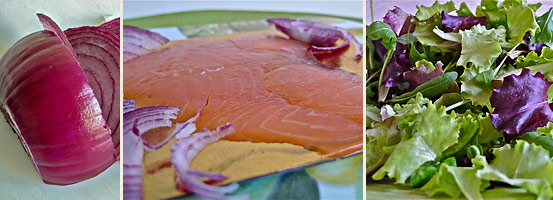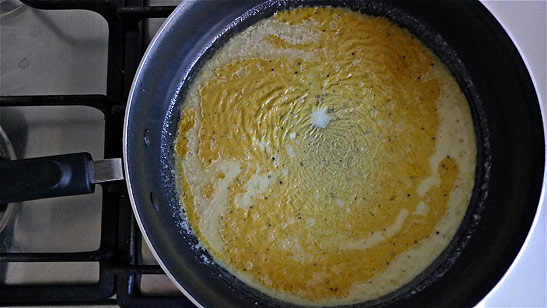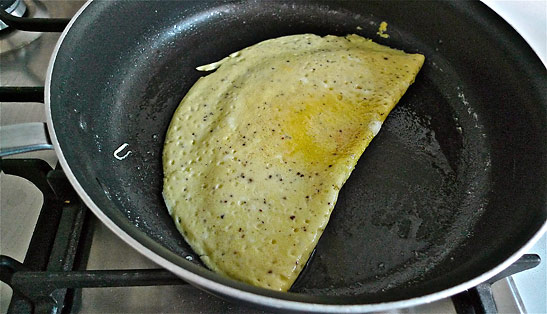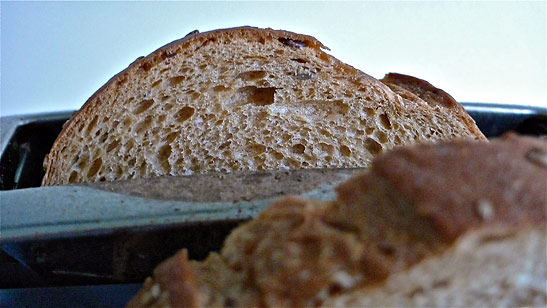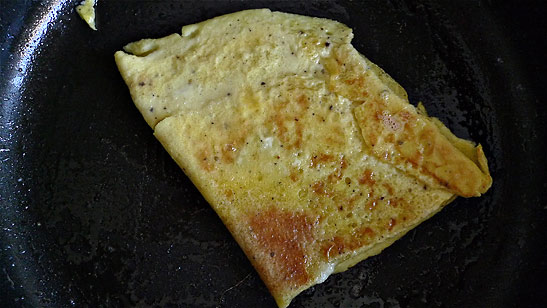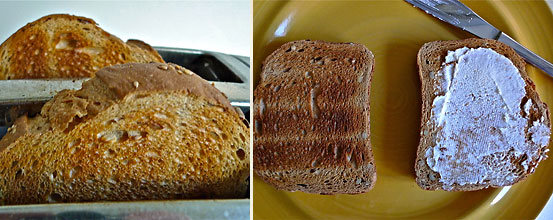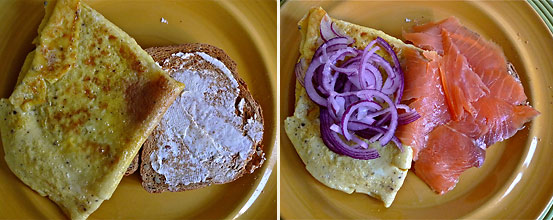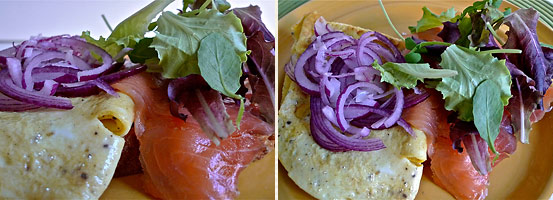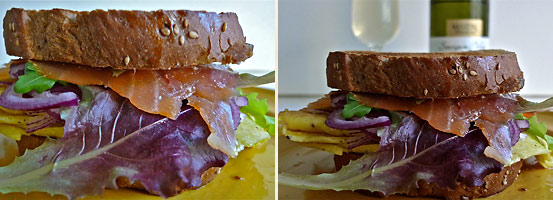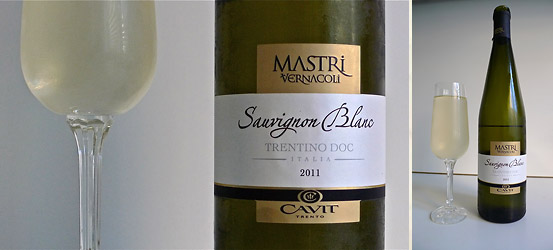 |
 |
|
 |
 |
|
|
Lazy Person's John Montagu
Plain Omelette-Smoked Salmon Panino
On the heels of my Lazy Person's Pesto Based Flatbread Pizza recipe, I thought I'd continue with what appears to be a recurring theme in the making, and pass along my Lazy Person recipes as I create them for myself in the galley. You know, breakfast, lunch and dinner tips for folks like me, who really don't have much of a clue around the kitchen and are, well, just plain lazy.
So, this time around we'll bite into my culinary hodgepodge between two slices of bread, the Lazy Person's John Montagu Plain Omelette-Smoked Salmon Panino - that's a mouthful - LPJMPOSSP for short - still a mouthful. It's a delectable panino (sandwich) that I thoroughly enjoy, with slight variations, as one of my three squares a day. This version will be eaten soon, accompanied by a nice glass of chilled white wine, so we could call this version of the LPJMPOSSP a "handy" lunch or dinner idea.
If I can just pause for a second or two, I'd like to shed a bit of historical light on the venerable sandwich, the remarkable, portable food that has withstood the test of time and has casually graced earthy campgrounds, dining room tables, deli counters, diner booths, lunch boxes and picnic blankets all around the globe. Reportedly, the first form of the sandwich is attributed to Hillel the Elder, whose life straddled before and during the Common Era (c. 1 BC). He was an ancient Jewish sage and scholar who, during Passover, was said to have filled a matzo (flat, unleavened bread) with meat from the Paschal lamb and bitter herbs. According to some food historians, between the 3rd and 9th centuries AD some indigenous tribes of Central America dined on hand-held food encased in corn tortilla wrappers. In 17th century Holland, English naturalist-botanist John Ray noted that the beef hanging from the rafters inside taverns was cut into thin pieces and placed on slices of buttered bread that the Dutch called belegde broodje, or open faced sandwich. The first English usage of the word appeared in British historian Edward Gibbon's 18th century journal as he referenced "bits of cold meat" between bread as a "Sandwich," named after John Montagu, the 4th Earl of Sandwich, an 18th-century English aristocrat. As the story goes, Montagu, a hardened gambler who usually played cards for hours at a time, sometimes refusing to get up even for meals or a you-know-what break, would order his valet to bring him meat tucked between two pieces of bread. Because Montagu was a British VIP, others would follow suit and order, "the same as Sandwich!" It would be nice to say that back in 1762 the sandwich was created by the good 4th Earl of the same, but, in fact, people had been tucking meat or cheese or whatever into bread and all of its iterations since at least the 1st century BC, long before John Montagu began wrapping one hand around two pieces of bread filled with meat to avoid getting his playing cards sticky. Like the hands he was sometimes dealt, Lord Sandwich just got lucky. Okay. Back to the LPJMPOSSP.
Living here in Italy, some ingredients just don't exist or are very hard to find. For the LPJMPOSSP, the perfect bookend is a sliced bagel - a whole-wheat dough ring first made in the early 17th century by Polish artisans in Krakow. But I live in Italy and not Poland or anywhere else where the bagel is widely consumed. So, I'm forced to improvise and rely, instead, on Italian toast bread - what we call back home sandwich bread. A bagel is preferred, but when you don't have it, simply go with two slices of multi-grain, vice white, sandwich bread. For this demonstration, I'm using a tried and true winner - Barilla's Mulino Bianco Pan di Casa, a rustic, thick sliced, multi-grain bread that toasts well and is perfect for building the LPJMPOSSP. So, let's get started. __________________________________ Lazy Person's John Montagu Plain Omelette-Smoked Salmon Panino Ingredients (per serving)
Prep and Cooking Time: 15-20 minutes __________________________________ Step-1: In a bowl, combine egg, cream salt & pepper, and hand beat until the ingredients combine
Step-2: In a skillet, melt the butter then pour in the egg mixture and cook slowly for 5 min.
Step-3: While the omelette cooks, slice the onion, spread out the salmon and rinse the greens.
Step-4: After 5 min. flip the omelette completely over and continue cooking for 3 min.
Step-5: Fold the omelette in half and cook for an additional 2 minutes.
Step-6: Place the bread in the toaster and toast on the medium setting.
Step-7: Fold the omelette one more time into quarter size.
Step-8: POP! Toast is done and ready to be buttered with the Ricotta cheese.
Step-9: Remove from heat, lay the omelette over one slice of toast, top with sliced onion.
Step-10: Lay the smoked salmon over the other slice of toast, top with Baby Greens or Arugula (Rocket leaves).
Step-11: Fold both pieces of layered toast together, cut in half or leave whole, plate and serve.
Wine Pairing: Cavit's Trentino DOC Sauvignon Blanc Mastri Vernacoli - A pale, golden-yellow Sauvignon from the Trentino area of northern Italy with hints of sage and elderflower. Dry and delicate on the palate with a slight acidic vein running through it.
__________________________________ Before I dig in, let's imagine just for a moment the English language sans the word SANDWICH. If John Montagu, the 4th Earl of Sandwich, hadn't been associated with it back in the 18th century, what would we call the bread-enclosed convenience food today? Feel free to pass along your suggestions. In the meantime, deal me three more cards and pass the salt, please.
|
Hi Audrey, Love your lamb shanks. --- Paul, Scottsdale AZ
Haven't been called Tad for . . .gee, maybe I've NEVER been called Tad . . . guess I'm the only one with chutzpah enough to mention Bourdain. BRILLIANT? --- Ken, Shutesbury, MA
I think we must have had an entirely different experience in the UK. (Fresh Food and Real Ale – week 1). We were up in Edinburgh and they served something called ‘Neeps & Tatties.’ The items were boiled so long that I couldn’t even recognize what I was eating. Come to think of it… I couldn’t taste them either. Later I found that Neeps’ are Turnips and ‘Tatties’ are potatoes. --- Lindy, Phoenix, AZ
My mouth was watering as I read some of your descriptions of the fantastic fare of ... England? I had always felt smug about the lowly reputation of British cuisine as this gave us at least one country with a worse culinary reputation than America's. I guess I'll have to change my views. Your article made me actually want to take a CULINARY tour of Britain. Yummy yummy yummy. --- Sandy Miner, Portland, OR Thanks for your note. Thanks to Traveling Boy I get to interview a world famous chef this week who is widely recognized as spearheading the Yummy movement in Ireland. Guess I'll have to take yet another culinary tour a little further north and check it out... (I love my job!) --- Audrey
Very interesting, mouth-watering piece by Audrey! (A McDreamy McMeel). Your web site is fascinating! --- Susie, Victoria, BC
Combining travel, food, and intelligent advice -- BRILLIANT! Your site fills a long-felt need for hungry roamers. Keep it up! It's Anthony Bourdain with reservations and CLASS. --- Tad, Boston, MA
|
![]()
Stay tuned.
This site is designed and maintained by WYNK Marketing. Send all technical issues to: support@wynkmarketing.com
|

|

